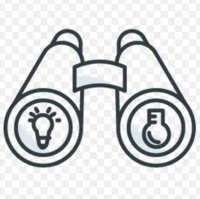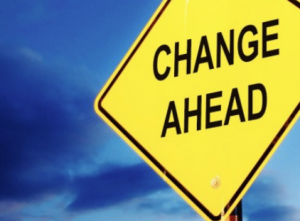I am frequently asked whether other forms of intellectual property protection are available to creators of technology inventions. The answer is YES.
If the invention involves computer code, copyright protection can be secured for the code. Copyright protection would protect the expression (ie, the code itself and not any inventions that it contains) from copying by another. Copyright protection lasts longer than a patent (life of the inventor plus 75 years or 95 years for corporate owned copyrights verses 20 years from the date of filing a patent application). Unlike a patent, independent creation is a defense to copyright infringement. So, if someone created the same code without access or copying the inventor’s code, the second creator cannot be stopped from marketing their code. Copyright registration in the United States is obtained by submitting the code to be protected to the U.S. Copyright Office.
Integrated circuit designs, called “mask works” under the Semiconductor Chip Protection Act of 1984, are two and three dimensional layouts of integrated circuit chips filed as an application for Mask Work Registration with the U.S. Copyright Office. Registration of a mask work protects only the specific topology of the chip, not the functional aspects of the design. A second creator who makes a similarly functioning component using a different design cannot be barred from marketing their component by the registrant of the mask work based upon same functionality. Once registered, the creator of the integrated circuit design has standing to block a copier from making chips using the registered design. The protection is narrower than a copyright however in that the ability to make “derivative works” (chips whose design is a modification of the registered design) is not the exclusive right of the registrant of the mask work. Protection lasts for a period of 10 years.
In many countries other than the United States, a technology invention can be registered as a utility model (or “petty patent”).Utility model applications are similar to patent applications but are not examined; rather the receiving governmental office issues the patent after verifying that the application meets various required formalities. The rights conferred by utility models generally are similar to patents; however, the life of the utility model is typically shorter (6-15 years verses 20 years for a patent).
In the European Union and some other countries, database rights (or compilations) are protected by a sui generis right to prevent unauthorized extraction from, or copying of the compilation. The rights are created automatically and vest in the creator of the database without further action. These rights last 15 years in the EU.
Note that these forms of protection are not necessarily mutually exclusive. One could copyright the code, file a patent application on the inventive aspects implemented using software, as well as hardware, for example.


